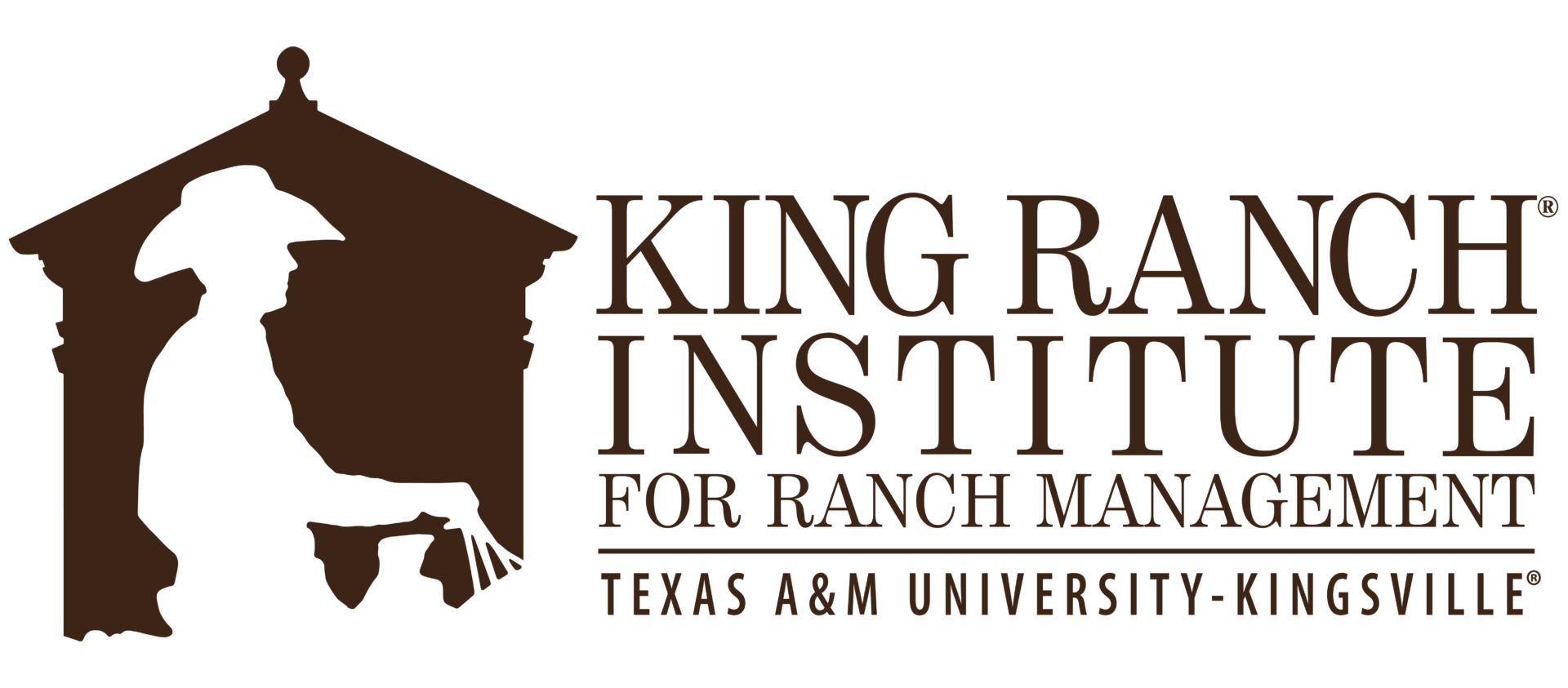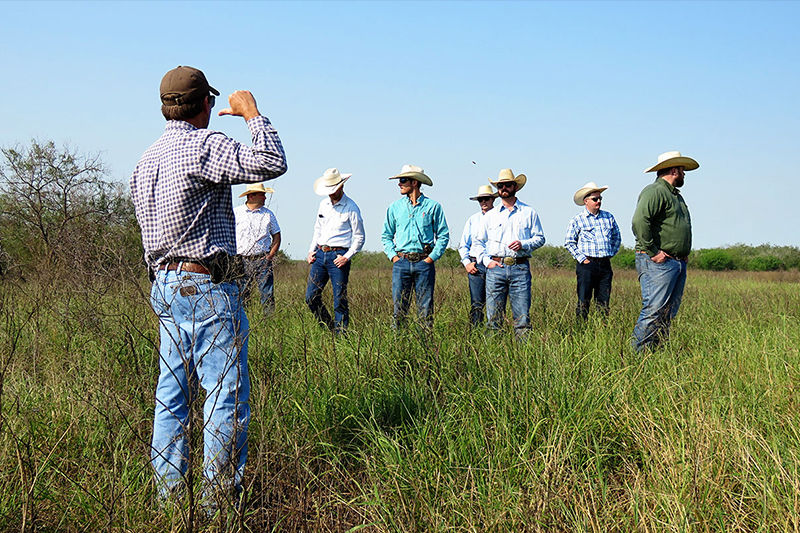KRIRM’s 2021 graduates share their experiences and outlook as they work toward graduation and roles within the ranching industry.
By Kindra Gordon
Winter 2021 Newsletter
It is said that “life is not about the destination, but about the journey.” A viewpoint that reminds us all to embrace not only accomplishments, but also adversity, and to celebrate each step along the path. Four King Ranch® Institute for Ranch Management (KRIRM) students are doing exactly that as they prepare for their graduation from the program in May 2021.
Garrett Stribling, Ross Bronson, Kord Killpack and Cody Richardson, Jr. are looking ahead to the next opportunities in their career paths. But, they are also taking time to pause and reflect on the KRIRM experiences that have shaped their journey and brought them to this point.
Stribling, a Texas native, notes, “This experience has been an outstanding opportunity for me and my family. The relationships and skills acquired from my time at the Institute will benefit me for the rest of my career. KRIRM is a unique institution; it is a crossroads for so many disciplines that are necessary to make our industry sustainable.”
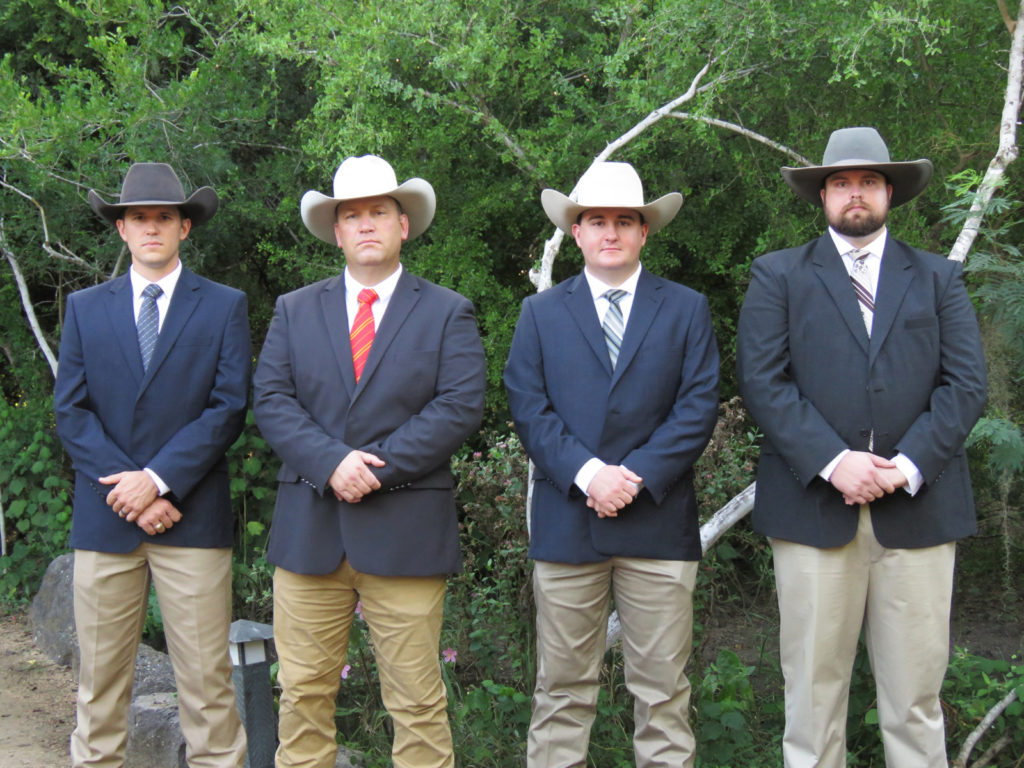
Perspectives Gained
All four men agree that the opportunities to collaborate, challenge concepts and ideas, and gain new perspective have been highlights of their two-year program. Killpack, who grew up in Idaho, credits the beef industry discussions for broadening his knowledge and giving him appreciation for different insights and perspectives. He says, “It’s not very often you get a group of guys together like this whose daily focus is studying and learning about the ranching industry.”
Richardson, who is originally from Texas, adds, “I appreciated going on my internship to a different part of the country that I had never been to. I enjoyed getting to visit with experts in the industry and listening to their perspectives on topics. I also enjoyed getting to be in the office with classmates who were from different parts of the nation, learning how they ran cattle and ranches where they were from.”
Bronson, a native of Idaho, says, “Through projects and case studies, I have enjoyed the opportunity to flex my decision-making skills. It is challenging to look at a project, decide what direction you should go, and then back that up with ‘proof’ so to speak.”
The four graduate students also learned to adapt – along with the rest of the world – when the Covid-19 pandemic moved a portion of their educational journey to virtual learning and connections. Killpack admits he was initially disappointed about missed experiences, but he strived to approach it with a positive attitude and a focus on learning. He says, “In life we are always going to get these curves thrown at us, and all we can do is adapt and overcome.”
Real-World Internships
A highlight for every KRIRM student is the opportunity to intern with a ranch and address a real-world project for that ranch. Each of these four were grateful for that opportunity and experience.
Bronson interned with Blue Creek Ranch in Oshkosh, NE. He focused on development of a regenerative agriculture plan for irrigated acreage that the ranch was planning to reseed. Bronson says, “It was interesting to dive deeper into regenerative agriculture and its potential benefits. I really enjoyed that exposure.”
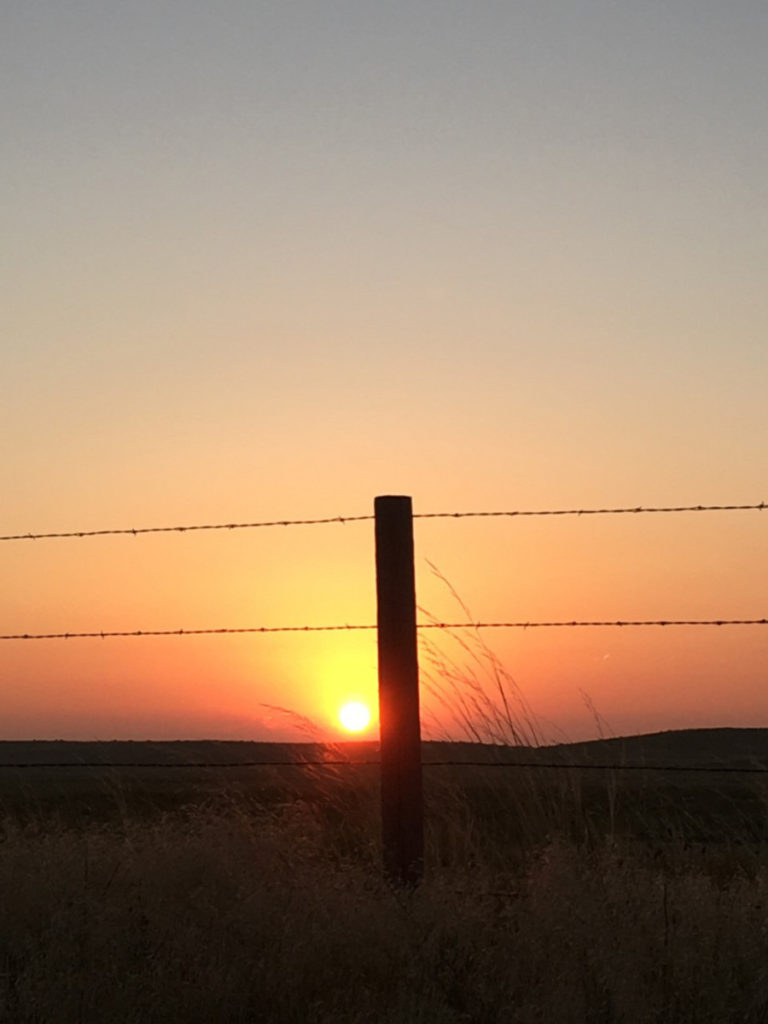
For Stribling’s internship with Sunlight Ranch Company based in Wyola, MT, he took on a project compiling forage production values for the ranch and utilizing that data to determine optimal stocking rates and financial returns. Stribling says the experience gave him a broader appreciation for the challenges of northern ranching, and the complexities of large diverse operations. He adds, “Being able to work and consult with KRIRM graduates Jason Van Tassell and Tyler Gardner was also very beneficial for me.”
Richardson’s internship took him to Deseret Cattle and Timber in Wewahitchka, FL, where he was tasked with designing a potential new facility and projecting economic revenues produced by the new enterprise. Richardson says, “The project was good for me because it stretched my financial, analytical, and creativity skills to design the facility.”
He adds, “I gained more appreciation for systems thinking and how a ranch can benefit from its managers and employees thinking with a systems perspective.” Richardson valued being able to visit with the ranch and cattle managers about development of the project and strived to use their different perspectives to create a facility that was beneficial. “It was a great experience to design something for the ranch that could be a possible gamechanger,” he says.
Meanwhile, Killpack had an internship that looked vastly different – working on the 27th floor of a skyscraper in Amarillo, TX. His internship was with Cactus Feeders, where he learned about the feedlot industry, as well as the cow-calf industry, since Cactus also maintains a cowherd leased to local producers. Killpack’s internship project included looking at various financial implications of drought on those cows. He created different recommendations if Cactus needed to liquidate their cowherd during drought, or economic options and timelines for feeding cows in the feedlot.
Killpack valued the employee-owned culture at Cactus Feeders and credits Justin Gleghorn and Kelly Jones for being his mentors and helping him understand how they price calves being considered for purchase. Of his experience, Killpack shares, “Every producer should go sit down with a local feedyard and ask how they price calves. It might provide significant insight into a better way to market calves.”
Industry Dedication
While all four of these KRIRM students prepare for graduation and anticipate their next career roles, their dedication and innovative enthusiasm toward the ranching industry is clear.
Stribling is interested in applying his knowledge and skills gained from KRIRM and past experience on the commercial side of the industry. He notes, “The beef industry is changing rapidly, and the commercial producer is at the forefront of that change. Being able to utilize all information and technology available is paramount in sustaining an operation.”
Bronson is eager to work within the cattle industry, and while he and his family enjoy the Rocky Mountain West, they are open to whatever opportunity is a good fit. He is excited to think outside the box in his career, and notes, “One of the charms of the industry is its amazing tradition and way of life. But we need to be innovative and prepared for these inevitable ripples in the industry from influences that may seem so removed from our calves out in the pasture, like a global pandemic! I think it has become evident through this last 12-18 months how seemingly separate economies nationally and globally are intertwined.”
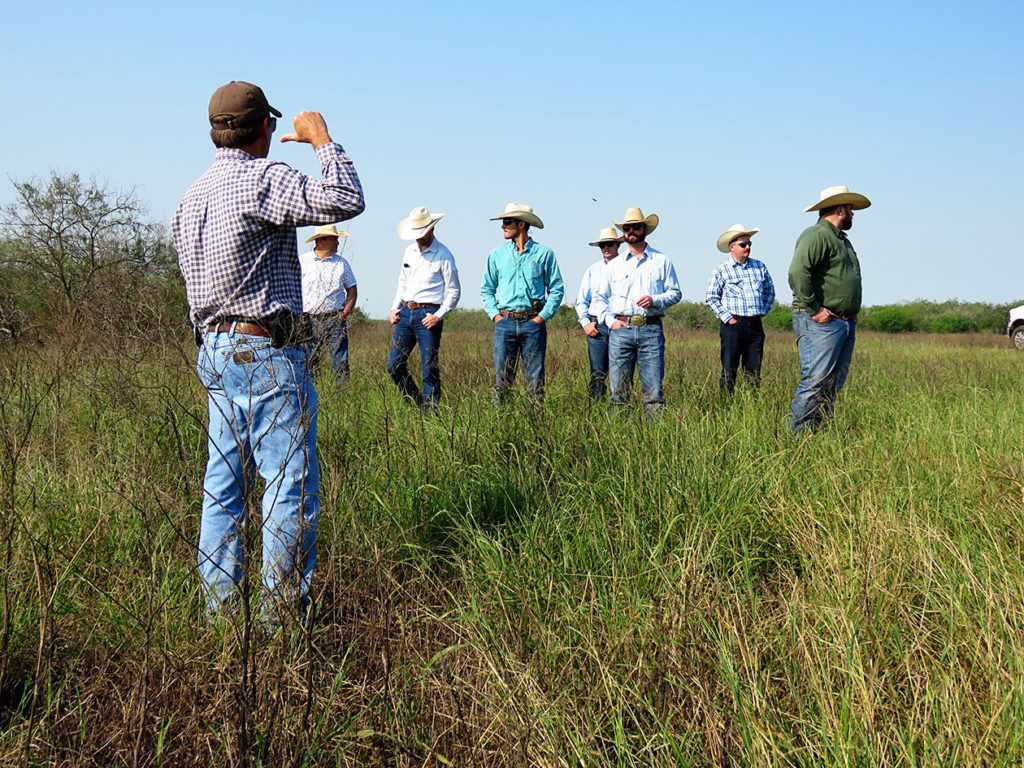
Killpack would like to return to the Western region of the states, but will relocate to wherever the right opportunity presents itself. He is interested in a vertically integrated operation, as well as applying his business knowledge to a ranch entity.
Richardson gravitates toward the cow-calf segment and says his ultimate career goal is to become a ranch manager. But he is also interested in learning more about the stocker and feeder sectors of the industry to give him that perspective that he has learned is critically important.
Wherever life’s journey may take them, these KRIRM graduates know they have the experience – and the network – to support their next steps. Richardson concludes, “I greatly benefitted both personally and professionally during my time at KRIRM. I highly recommend the Institute to anyone who wants to further their education in ranch management.”
